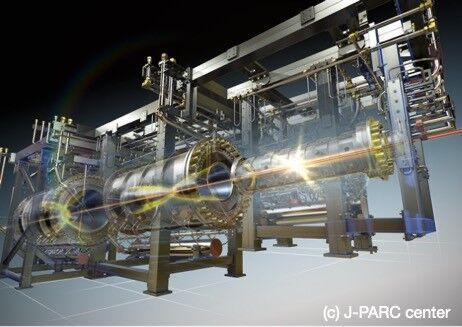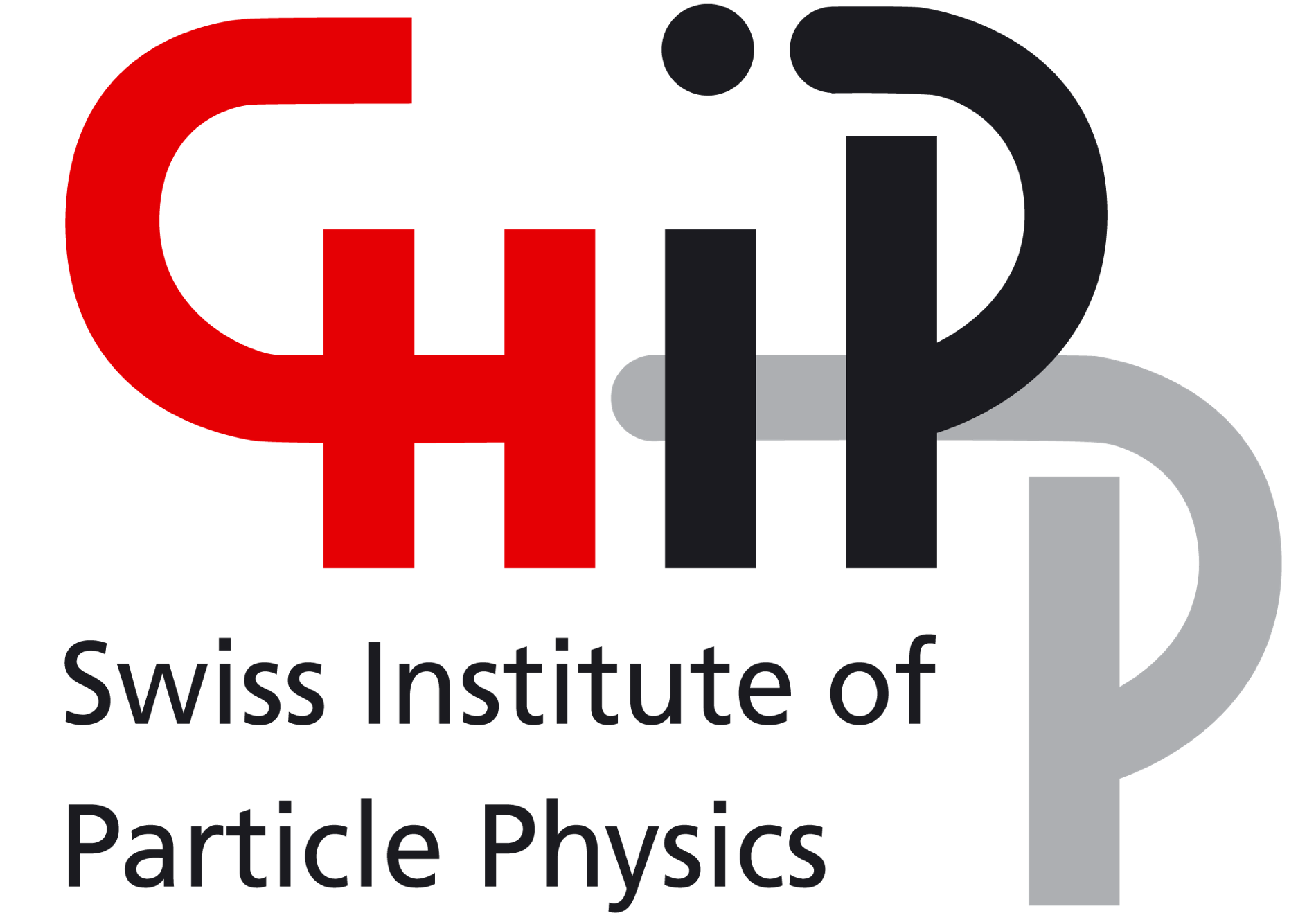Neutrino experiment comes back to life
T2K starts data taking after major upgrade
Good news from the “T2K” neutrino experiment project in Japan: it has started taking data again at the end of last year after an extensive upgrade of its neutrino beam and the near detector. The near detector is very firmly in the hands of Swiss institutes – University of Geneva and ETH Zurich. Federico Sánchez from the University of Geneva gives an update of what has happened and what we can expect.

“The difference to before the upgrade is amazing: we see a 70-percent increase of neutrino intensity after the upgrade,” Sánchez says. “This is a very important milestone, not only because higher sensitivity and higher intensity mean more data to sift through for interesting results, but also because it shows we’re ready for the next generation of neutrino experiments like HyperKamiokande that are currently under construction.” From the first run at the end of last year the collaboration of some 350 scientists from around the world have collected some 40 000 neutrino events that will be used for analysis. In just one month they recorded as many neutrinos as they collected in the several months of data taking in 2010 and 2011.
A bit of background to the T2K experiment and its setup: the experiment is supposed to measure neutrino oscillations, a phenomenon in which a neutrino changes into another type of neutrino as it travels through space. In order to perform the measurement, beams of neutrinos or antineutrinos are sent from a research facility on Japan’s east coast 295 km through the ground to the Kamioka observatory on the west coast. The beams, containing a trillion very high-energy neutrinos (or antineutrinos) per pulse (every 1.3 seconds), are sent into the far detector – a water-filled tank as big as 20 olympic-sized swimming pools 1000 metres underground in a disused mine. Scientists compare data of the near detector 280 metres away from the point where the neutrinos are produced, with that of the far detector in order to understand what happened to the beam along the way.
“The majority of physics is actually done in the near detector,” Sánchez says. It is used to check how many neutrinos and antineutrinos there are and what energy they have before they oscillate. If scientists find a difference in how these neutrinos behave, this is an indication for an imbalance that could be the key to the question why we are made of matter rather than antimatter.
Over the course of the last few years, the main ring accelerator at the Japanese accelerator centre J-PARC and its neutrino beamline and production instruments were upgraded in several places to increase the beam power, which is now some 40% better than before. The near detector has also seen major changes. New subdetectors and a changed setup make for a much richer data harvest: scientists will have more detailed and complete information about the particles that pass through this near detector. Switzerland, and in particular the University of Geneva and ETH-Zurich, were heavily involved in two of them – from design and construction to electronics and testing to installation and calibration.
The newly installed detectors are the so called SuperFGD, which detects tracks around a neutrino interaction point inside the detector with a much higher granularity than before, a Time-of-Flight detector, which can detect whether particles come in or fly out and both veto or identify them, and a high-angle time projection chamber TPC, which measures the momentum of particles emitted over a wide range of angles.
„These detectors went from technical design to operation within five years, with a pandemic and a chip crisis thrown in for good measure,” Sánchez recalls. Much of the components have been developed and tested in different labs and only came together for installation in Japan. The SuperFGD uses a novel setup of two million scintillating cubes measuring a cubic centimetre each as well as some 60000 optical fibres, making it possible to reconstruct the tracks of passing particles in 3D. Around it lie the silicon photo-multipliers for the time-of-flight detector. Every bit of data taken and lesson learned from these detectors will benefit the successor experiment HyperKamiokande as well.
The next period of data taking is foreseen for February, and while the data will eventually be used for physics analysis, the scientists will spend the next year aligning and calibrating their newly installed kit.
Barbara Warmbein


